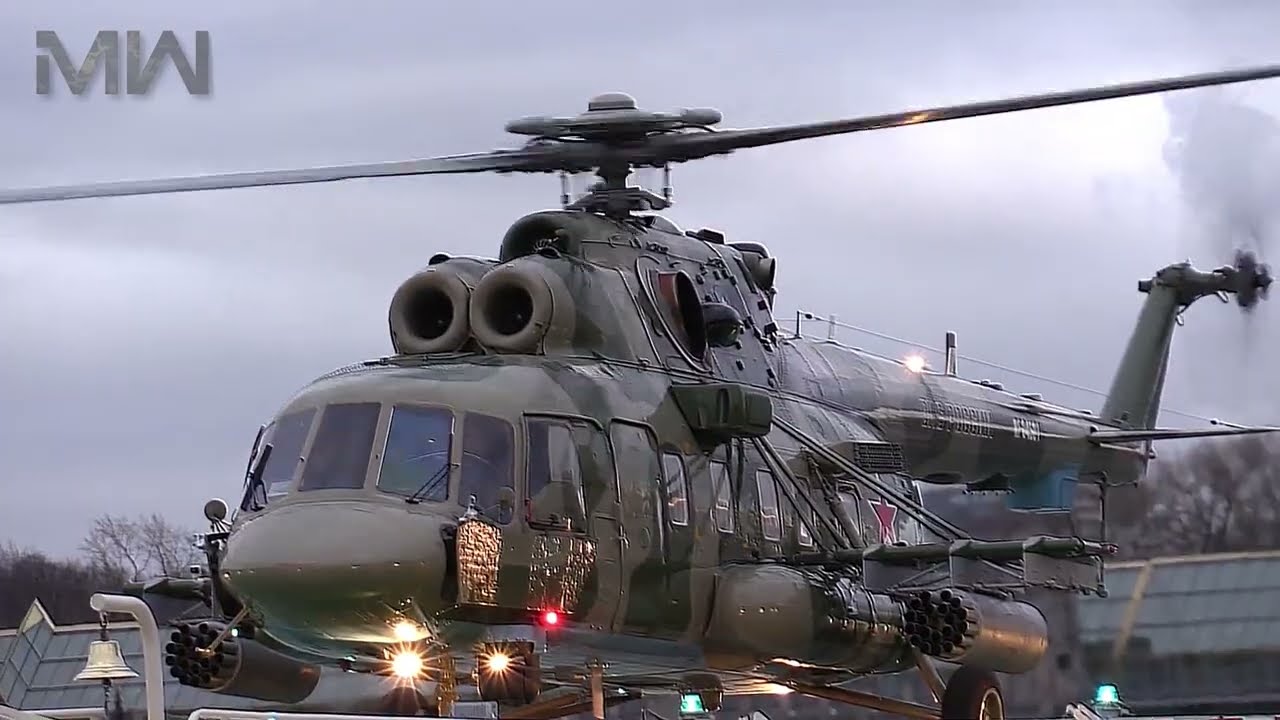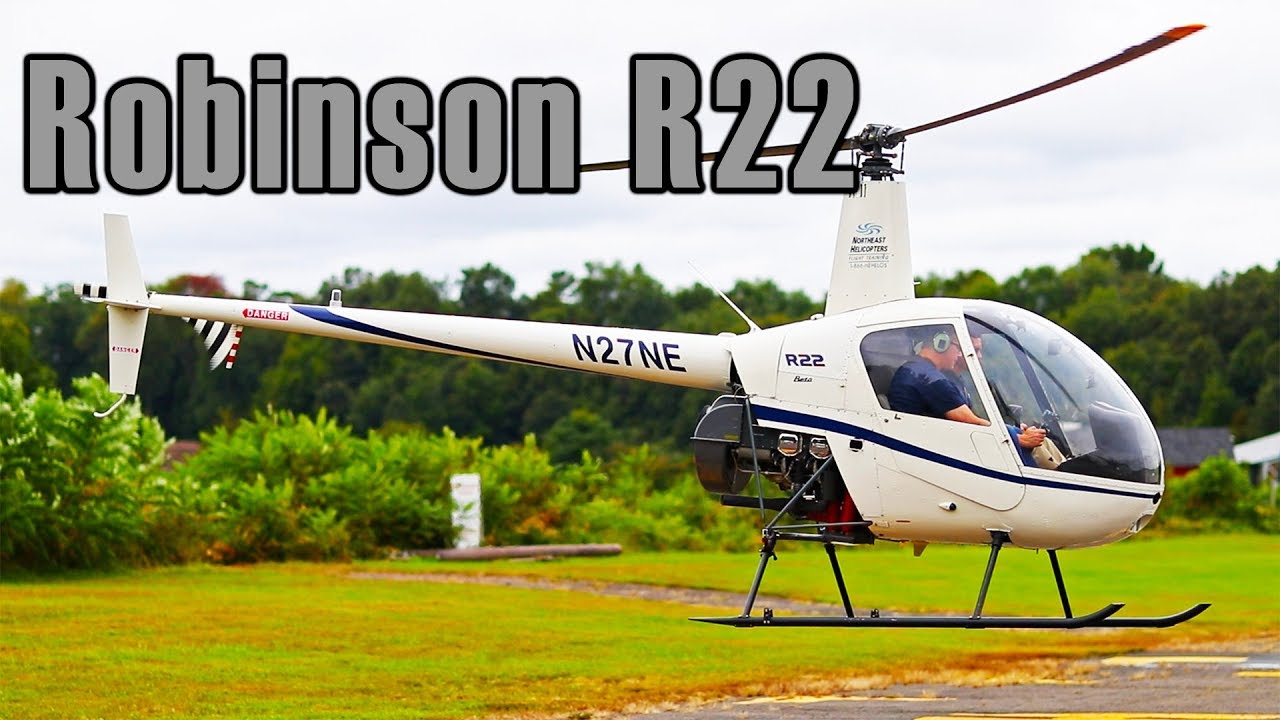The History and Development of the Mil Mi-24 Hind
The Mil Mi-24, famously known as the Hind, represents a significant milestone in the evolution of military aviation, marking the Soviet Union’s ambitious venture into combining transport and attack helicopter capabilities. Developed by the Mil Moscow Helicopter Plant, the Mi-24’s conceptualization began in the late 1960s, during a period when military strategists were increasingly recognizing the strategic advantages of air mobility on the battlefield. The helicopter was designed to meet the dual requirements of providing close air support and ferrying troops, a dual role that was largely unprecedented at the time. This vision culminated in the first flight of the Mi-24 prototype in 1969, leading to its introduction into service with the Soviet Air Force in 1972.
The development of the Mi-24 was driven by the need for a robust aircraft that could withstand the rigors of frontline combat while delivering superior firepower. The design incorporated lessons learned from earlier helicopter models and battlefield experiences, resulting in an aircraft that featured heavy armor, advanced avionics for its time, and an array of weaponry, including machine guns, rockets, and anti-tank guided missiles. The Hind’s distinctive tandem cockpit and its capacity to transport up to eight fully-equipped soldiers in addition to its crew underscored its versatility and adaptability in various combat scenarios. The Mi-24’s unique combination of speed, firepower, and troop-carrying ability earned it the moniker of a “flying tank,” setting it apart from other helicopters of its era.
Throughout its development, the Mi-24 underwent numerous modifications and upgrades to enhance its performance and survivability. Variants such as the Mi-24D and Mi-24V introduced improvements in weapon systems and avionics, ensuring the helicopter remained a formidable presence on the battlefield. The Mi-24’s operational history is extensive, having seen action in numerous conflicts around the globe, including the Soviet-Afghan War, where it gained a fearsome reputation among both allies and adversaries. Its durability and effectiveness in combat have ensured that the Hind remains in service with several countries, a testament to its enduring legacy and the foresight of its designers.
Technical Specifications of the Mil Mi-24 Hind
The Mil Mi-24 Hind is a formidable attack helicopter, renowned for its rugged design and exceptional performance in various combat scenarios. This versatile aircraft is powered by two powerful turboshaft engines, typically the Klimov TV3-117 series, which provide it with the necessary thrust to achieve a maximum speed of approximately 335 km/h (208 mph). Its robust airframe is built to withstand the rigors of battle, with a maximum takeoff weight of around 11,500 kg (25,353 lbs), enabling it to carry substantial payloads, including troops and weaponry.
Dimensions and Armament
The Mi-24 measures approximately 17.5 meters (57 feet) in length, with a rotor diameter of 17.3 meters (56.8 feet). This substantial size allows it to house a crew of two to three members, typically a pilot and a weapons systems officer, along with the capacity to transport up to eight fully equipped troops. The helicopter’s armament is impressive, featuring a combination of machine guns, rockets, and anti-tank guided missiles. The most common configuration includes a 12.7 mm Yak-B machine gun mounted on the nose turret, alongside a variety of rockets and missiles housed on external hardpoints.
Avionics and Defensive Systems
The Mi-24 is equipped with advanced avionics that enhance its operational capabilities. These systems include a modernized cockpit with multifunction displays, night vision compatibility, and an autopilot system to assist in navigation and targeting. To ensure survivability in hostile environments, the helicopter is fitted with a range of defensive systems, such as infrared jammers, flare dispensers, and radar warning receivers. These technologies work in tandem to detect and counteract incoming threats, providing the Mi-24 with a higher degree of protection during missions.
Operational Roles and Capabilities of the Mil Mi-24 Hind
The Mil Mi-24 Hind is a versatile attack helicopter that has played a pivotal role in military operations around the world since its introduction. Designed primarily as an assault helicopter, it also serves in various other capacities due to its robust design and multi-role capabilities. One of its primary roles is providing close air support to ground troops, where it excels due to its heavily armed and armored design. Equipped with a combination of machine guns, cannons, rockets, and anti-tank guided missiles, the Mi-24 can engage a wide range of targets, from enemy infantry to armored vehicles, making it a formidable presence on the battlefield.
In addition to its attack capabilities, the Mi-24 Hind is also renowned for its troop transport functionality. The helicopter can carry up to eight fully equipped soldiers in its cabin, enabling rapid deployment of infantry units directly into combat zones. This dual capability of delivering firepower and troops makes the Mi-24 a unique asset in military operations, allowing for coordinated assaults and quick response to changing battlefield conditions. The helicopter’s ability to perform in diverse environments, from desert landscapes to dense forests, further enhances its operational flexibility.
Another significant capability of the Mil Mi-24 Hind is its role in reconnaissance and surveillance missions. The helicopter’s advanced avionics and sensor suites allow it to gather critical intelligence and provide real-time data to command centers, enhancing situational awareness and strategic planning. The Mi-24’s ability to operate in adverse weather conditions and during night operations further extends its utility in reconnaissance roles, ensuring that military forces maintain a tactical advantage in various scenarios. Its rugged construction and reliable performance have solidified the Mi-24 Hind as a key component of many nations’ military aviation fleets, demonstrating its enduring value in modern warfare.
Variants of the Mil Mi-24 Hind
The Mil Mi-24 Hind, a formidable attack helicopter, has seen numerous variants since its inception, each tailored to meet specific operational needs and technological advancements. Among the most notable variants is the Mi-24V, which introduced improved weapon systems and avionics over its predecessors. This model became the most widely produced variant, featuring advanced anti-tank guided missiles and a more robust armor configuration, enhancing its effectiveness in combat scenarios.
Another significant variant is the Mi-24P, which replaced the original nose-mounted machine gun with a side-mounted GSh-30-2K twin-barrel autocannon. This change provided increased firepower and allowed for more precise targeting capabilities. The Mi-24P also included enhancements in avionics and night-flying capabilities, making it a versatile choice for various military operations. The Mi-24P’s adaptations underscore the helicopter’s evolving role from purely attack to a multi-mission platform.
The Mi-24D variant, an earlier version, played a crucial role in establishing the Hind’s reputation as a flying tank. It featured a redesigned cockpit and canopy, offering improved visibility and protection for the crew. The Mi-24D was equipped with the AT-2 Swatter anti-tank missile system, making it a potent adversary against armored threats. This variant was widely exported and saw action in numerous conflicts, solidifying the Hind’s legacy on the global stage.
Modern Adaptations
In recent years, the Mi-24 has undergone further modifications to extend its operational life and adapt to modern warfare requirements. The Mi-24 Super Hind, for instance, represents a significant upgrade package developed by South African company Advanced Technologies and Engineering. This variant includes modern avionics, enhanced weapon systems, and improved survivability features, ensuring that the Hind remains relevant in contemporary military engagements. These adaptations highlight the enduring legacy and versatility of the Mi-24 Hind, as it continues to serve in various air forces worldwide.
The Mil Mi-24 Hind in Modern Warfare
The Mil Mi-24 Hind, a Soviet-era attack helicopter, continues to be a formidable presence in modern warfare due to its versatility and robust design. Initially introduced in the late 1960s, the Hind was designed to serve as both a gunship and a troop transport, a dual-role capability that sets it apart from other attack helicopters. In recent conflicts, the Mil Mi-24 has been employed by various countries, showcasing its adaptability to different combat scenarios. Its ability to operate in diverse environments—from deserts to mountainous regions—demonstrates its enduring relevance on the battlefield.
Key Features of the Mil Mi-24 Hind
- Armament: Equipped with a powerful array of weapons, including anti-tank guided missiles, rocket pods, and a rotating turret with a 23mm cannon, the Hind is capable of delivering substantial firepower against ground targets.
- Armor: Its heavily armored fuselage provides protection for the crew and onboard troops, enhancing its survivability in hostile environments.
- Mobility: Despite its size, the Hind maintains impressive speed and agility, allowing it to perform quick assaults and rapid troop deployments.
In modern warfare, the Mil Mi-24 Hind has been adapted to incorporate advanced avionics and communication systems, enabling it to perform effectively in conjunction with other military assets. These upgrades have improved its targeting accuracy and situational awareness, allowing it to engage in complex operations with precision. Nations utilizing the Hind have also taken advantage of its capacity to carry a squad of infantry, making it an invaluable asset for rapid response and special operations missions.
The Mil Mi-24 Hind’s continued use in contemporary conflicts highlights its adaptability and effectiveness as a multi-role platform. While newer helicopter models have been developed, the Hind remains in service due to its proven track record and the cost-effectiveness of upgrading existing airframes. Its enduring presence in various military forces around the world underscores its status as a reliable and versatile component of modern military aviation.



